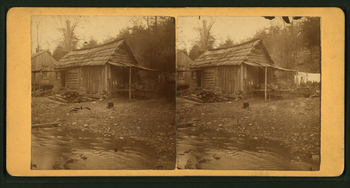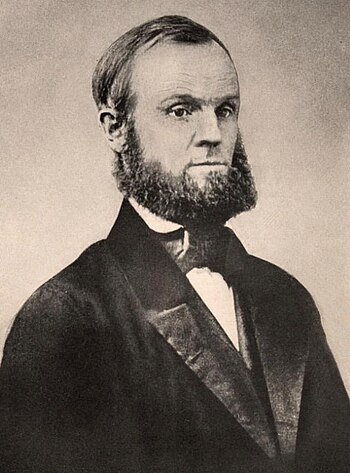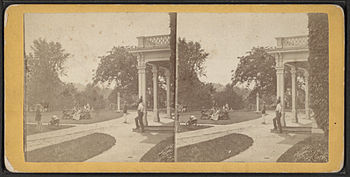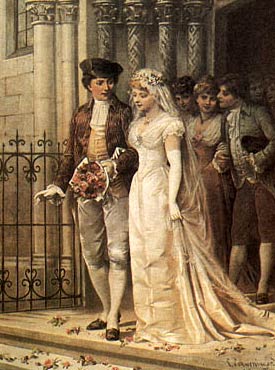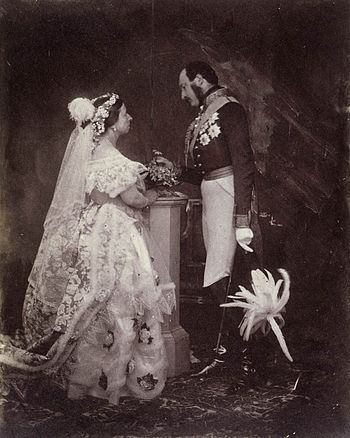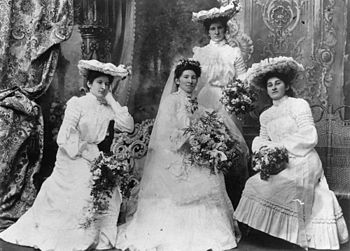| Garland County Poor House, by J. F. Kennedy (Photo credit: Wikipedia) |
Mental institution/old people's home/poorhouse (Photo credit: netzanette) |
A Look at Victorian County
Most of us old enough
to have parents born about the time of the Great Depression remember the odd
words spoken by our parents or grandparents when worried about finance.
"We are going to the poor house." These words inspired us to remember
the plight of poor Oliver Twist asking for more porridge.
Then there were Sunday drives in the country when your
Grandmother would point to some large gaudy Victorian home on an old farm and
tell you that it was "the county rest home' when she was growing up. You
might ponder how much 'rest' people got on a farm. You could envision old women
with walkers out sowing the fields.
What all the buzz was about was the fear and knowledge your parents and grandparents had of the local Victorian cure for all social ills within its county borders ;known as the county poor house or county home.
Our Victorian ancestors sure of the truth of the
protestant work ethic saw poverty as a result of a lack of moral virtue of
"industry". This combined with the fact ,families were increasingly
moving to cities and other places that offered better economic
opportunities,.The had to leave their elderly and many times feeble minded
relatives behind. Many counties did not have institutions for the severely
disabled, elderly, and mentally ill.
These folks left by their relatives to fend for themselves. They became wards of the county. They with orphans, unwed mothers, and the sick and aged, were placed in poorhouses and poor farms out of a desire for the county to perform acts of "Christian charity". The local politician benefited from this arrangement, as the poor farm removed the "undesirables", from the sight of the general public.
These "farms" or 'homes' required all able-bodied people to work and contribute to the operation of the facility. Life was never pleasant at the poor house as the goal was to get those who could to leave and find employment. Residents were worked long hours and physically abused at the whims of their overseers. Many families down on their luck; only stayed in these places a short time till they made enough money to move on.
Monroe Co. Poor House, by Woodward, C. W. (Charles Warren) (Photo credit: Wikipedia) |
In 1871 a local newspaper did an article on the residence
and conditions on its "infirmary" or poor farm. The Hunting County
Infirmary had 18 residents at the time .The writer of the article ,in a truly
Victorian judgmental and patronizing manner published all the 'less than
pretty' circumstances of the inmates need to be at the poor house. The writer
showed some respect for the young children he deemed as deserving of adoption,
but he was particularly unkind to women he viewed as silly or loose.
The genealogists who reprinted the article for its research value wrote," What is amazing about this article is the degree to which very personal details of the inmates lives are recounted in such a public manner! We at first felt somewhat reluctant to even post this on the internet 130 years later." This article is a must read for anyone who is interested in the personal knowledge of who the poor farms of this era served. This article can be found in its complete form: http://www.poorhousestory.com/IN_Huntington_newsarticle1871.htm
The history of poor farms in American society is not
interpreted as our ancestor's lack of social conscious, but rather folks who
had limited knowledge of the reasons that individuals and families would become
chronically destitute. It was actually a testament to the Victorians growing
social awareness; that they sought to aid the unfortunate in any organized way
at all.
Sources:
